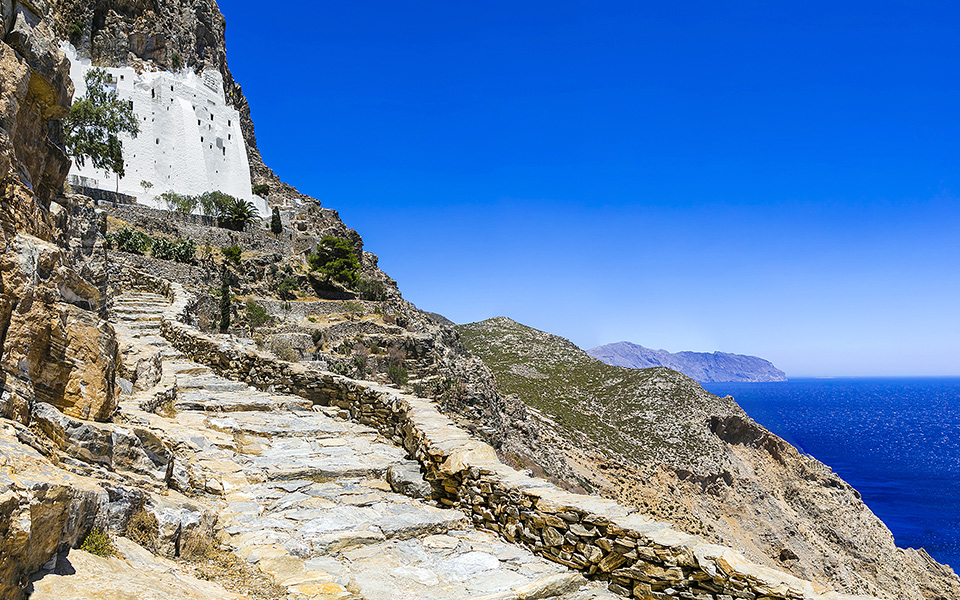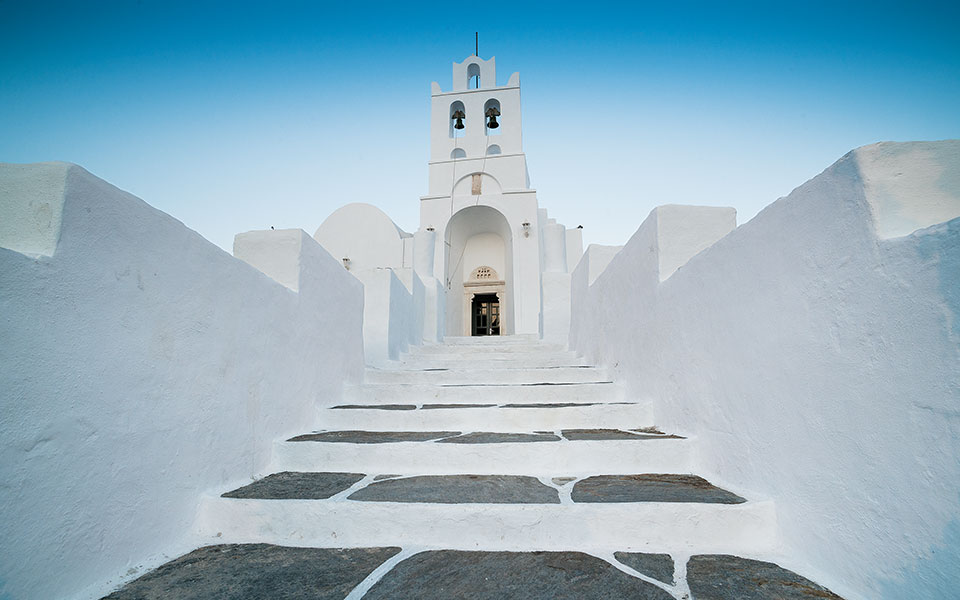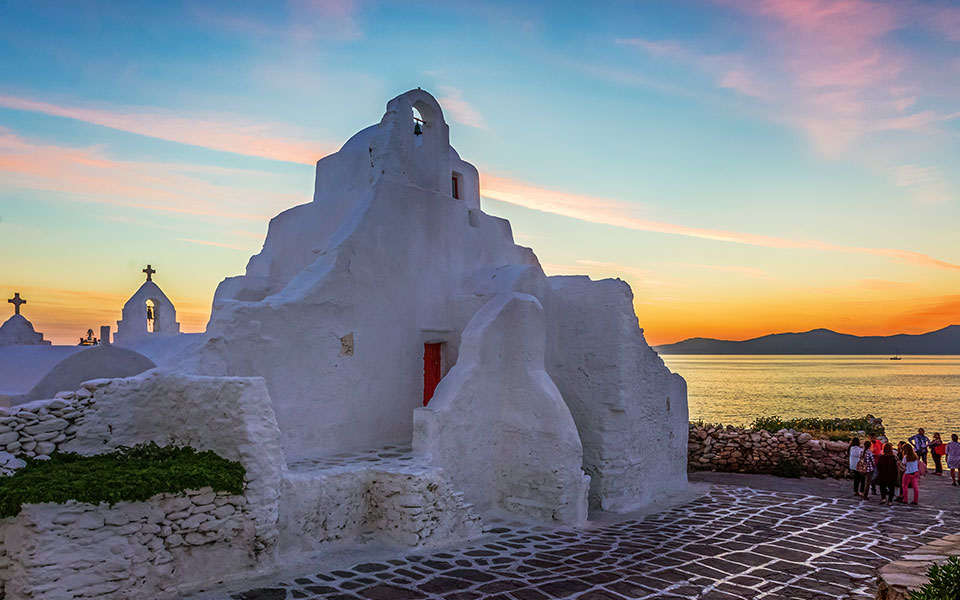At the peak of their summer vacation period, Greeks celebrate the Virgin Mary and the country is transformed into one big church festival.
August 15 is a big day for the Greek Orthodox Church and for the people of Greece, who celebrate the Dormition of the Virgin or Assumption of Mary. It is not regarded as a day of grief, however, but a day of joy and celebration of her divine qualities, as the Church and the people believe that the Mother of Christ did not die, but ascended to Heaven.
The combination of these elements has such a powerful effect that August 15 is not just a national holiday, but is also known as the Easter of the Summer, or the peak of the summer period. It transforms Greece across its entire breadth into one big church festival, as there isn’t a corner of this country or of its many islands that does not have a church or even a humble chapel dedicated to the Greeks’ favorite saint. And it is nothing but a blessing that millions of tourists also join the celebrations every year, as the Catholics have an equally high regard for the Virgin, albeit a different view of what the celebration marks: The Catholics believe in her direct ascension, while the Orthodox say she died first and was buried before she was taken up to Heaven. Regardless, the icon of the Virgin Mary is though to work miracles in every Greek Orthodox church and is positioned in pride of place, right across from the altar.

Panaghia Hozoviotissa Monastery, Amorgos
© Shutterstock
The worship of the Virgin Mary dates to the third century, initially as the All-Holy or Holy of Holies. Over the course of the centuries, she acquired a seemingly endless stream of titles, with the uncompleted research on the subject pointing to at least 2,000. These titles express or describe the manner or reason she was approached for protection and help, in prayer and invocation of a divine miracle, or as a way to express thanks. She is the Merciful, the Guide, the Healer, the Consoler and the Revelator, to name but a few.
The location of her icon also lends her titles, so she is known as the Virgin of Tinos, Amorgos, Kastriani, Athens, the Cave or the Sea. When associated with a sacred place or space, she is the Axion Estif of Mount Athos, or the Portaitissa or Tricherousa, or even Mary of Jerusalem in the Holy Land or of Soumela in the Black Sea are of Pontus. How she is depicted is also often described in her name: Holding the infant Jesus, holding the Child Jesus (as in Hagia Sophia), or kissing Christ.

Panaghia Chrysopigi, Sifnos
© Giannis Giannelos
No matter how she is known, her big day is on August 15, even though she is also celebrated on a number of dates throughout the year, 10 in total, which include the Annunciation on March 25 and the Presentation on November 21.
In the summer, the celebration includes divine liturgies, both formal and informal, and church fetes that are held on the eve but often spill over into the day proper. Mass attendance to these fetes is also due to the fact that it is a national holiday and the peak of the summer vacation period. Visitors, whether local or foreign, do not have to look too far to find a celebration anywhere in Greece: from the islands and the mainland, from the biggest cities to the smallest hamlets, there is bound to be a church where they too can light a candle to the Mother of Christ.









